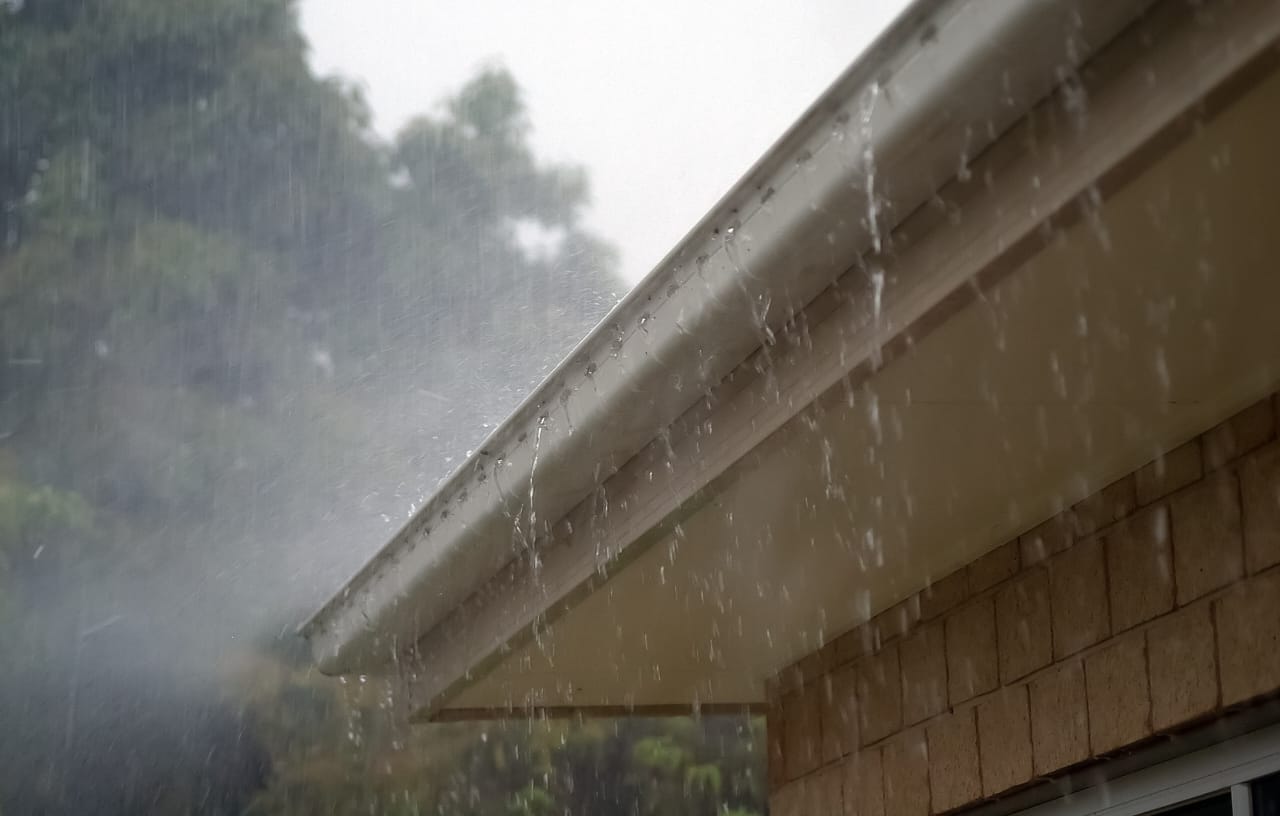Are your gutters doing enough to protect your home? Rainwater can be harmless-until it overflows and damages your roof, walls, or foundation.
Many homeowners overlook the importance of a proper gutter system. Whether you’re installing new gutters or maintaining existing ones, the right approach makes all the difference.
Choosing quality materials and regular upkeep can extend your gutters’ life and keep your home safe. But how do you know where to begin or what to check?
This guide covers everything you need to install and care for your gutters like a pro. Read on!
Understanding the Purpose of Gutters
Gutters aren’t just long tubes that run along your roof; they also keep your home safe. They catch rainwater and move it away from your foundation so it doesn’t damage it.
If you don’t have gutters, water can pool around your house and do a lot of damage. If water isn’t redirected, mold, mildew, and soil erosion can happen quickly.
Plus, gutters keep your siding clean and your basement from leaking. To stay dry and safe, every house needs gutters that work.
Good gutters are your first line of defense, even when it’s just a little rain. To keep them in shape, you must first know what they do.
Choosing the Right Type of Gutters
You can choose from different types of gutters, and each has its pros and cons. A lot of people have K-style gutters because they look great and hold more water.
Smooth water flow and a classic look are two things that half-round gutters offer. Aluminum is a popular material because it is light and doesn’t rust.
While steel is strong, it can rust if it is not taken care of. Vinyl is cheap, but when it gets cold, it can crack.
No matter what size you need, seamless gutters don’t leak as much as sectional ones. When you choose, think about the style of your home and the weather where you live. The right type can help you look better and do better.
Preparing for Gutter Installation
Good preparation makes gutter installation much easier and safer. Start by measuring your roofline to know how many gutters you need.
Check for any damage to your fascia board and fix it before installing. Gather tools like a ladder, level, drill, and safety gear.
Always have a second person nearby for support and safety. Decide on the best slope to help water flow easily toward downspouts.
Mark where hangers and brackets will go along the roofline. Pre-drill holes to speed up the process and ensure accuracy. Being prepared helps the job go smoother.
Installing Your Gutters the Right Way
Installing gutters takes time and careful attention. Begin at one end and work toward the downspout side.
Hang gutter sections so they slope slightly to help water move. Use strong brackets spaced about every two feet.
Make sure connections between gutter sections are sealed tightly. Downspouts should extend at least five feet from your foundation.
Add splash blocks or extensions to move water even farther away. Use a level often to check the slope as you go. If unsure, it’s smart to search for a “gutter installer near me” to get help.
Keeping Your Gutters Clean
Clean gutters work better and last longer. Leaves, twigs, and dirt can clog gutters and cause water to overflow.
Cleaning should be done at least twice a year-more if you live near trees. Use a small scoop or a gloved hand to remove debris.
Rinse the gutter with a hose to clear fine dirt and test water flow. Be sure downspouts aren’t blocked at the bottom.
Consider using a ladder stabilizer for better safety. Installing gutter guards helps reduce how often you have to clean. Clean gutters are the first step to effective water control.
Inspecting for Damage and Leaks
Regular checks can prevent bigger problems later on. Look for rust spots, sagging areas, or broken fasteners.
Leaky seams and cracks may seem small, but they cause major damage over time. Run water through the gutters to spot where it drips or overflows.
Don’t forget to check for mold or water stains on the walls below. Damaged gutters can let water into your home’s foundation.
Replace or repair broken sections as soon as you find them. Inspections are best done during dry days for clear visibility. Quick fixes save money in the long run.
Adding Downspout Extensions and Guards
Downspouts and guards are essential parts of your system. Extensions direct water far from your home, reducing foundation damage.
Flexible or rigid extensions both work, depending on your yard. Guards stop leaves and debris from entering your gutters.
Mesh screens, foam inserts, or hooded guards are popular choices. Choose one based on your local environment and how much debris falls.
Guards don’t remove the need to clean, but they reduce it. Attach extensions firmly to avoid shifting during storms. These additions improve your system’s overall performance.
Seasonal Maintenance Tips
Each season brings unique gutter challenges. In fall, remove fallen leaves before they freeze.
Winter may cause ice dams, so make sure gutters are clear before snow hits. Spring rain can reveal blockages or leaks you missed.
Summer is a good time to inspect for sun damage or loose parts. Clean gutters before and after every season for best results.
Trim tree branches nearby to reduce debris buildup. Check hangers and fasteners after heavy storms. Seasonal care helps prevent surprise problems year-round.
Knowing When to Replace Your Gutters
Even the best gutters won’t last forever. Signs of aging include cracks, peeling paint, or sagging.
Water pooling near your foundation may indicate a potential failure. Rust or constant leaking is another red flag.
Most gutters last around 20 years with proper care. If problems keep returning, it’s time for new ones. Upgrading to seamless gutters can reduce future maintenance.
A full replacement may seem costly, but it protects your whole home. Don’t delay replacement if damage is widespread or ongoing.
Keep Your Home Safe with Proper Gutter Care
Residential gutter installation and maintenance are key to avoiding costly water damage. From choosing the right materials to performing regular checks, every step matters.
A clean, well-maintained gutter system keeps your roof, walls, and foundation dry and safe. Regular cleaning, inspections, and upgrades ensure your gutters last for years to come.
Downspout extensions, guards, and seasonal prep all add extra protection. Whether you install gutters yourself or hire help, doing it right saves money in the long run. Your home deserves this level of care.
Did you like this guide? Great! Please browse our website for more!



